Your Guide to Buying a Commercial Reach-In Refrigerator
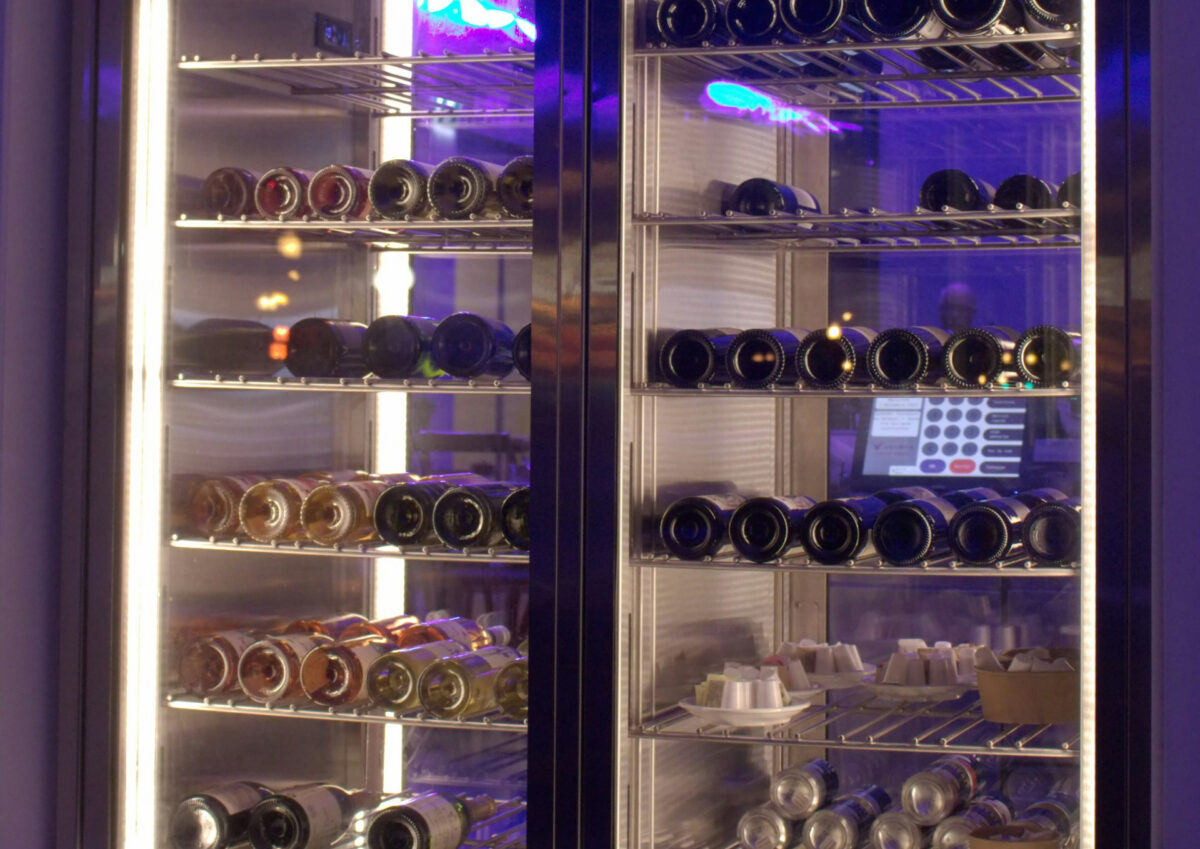
Reach-In Refrigerators: Opportunity is Knocking
In the restaurant industry, reliable refrigeration and food storage are key to keeping your commercial kitchen running on all cylinders! While walk-in freezers and refrigerators are excellent options for longer-term storage, reach-in refrigerators are an absolute must for ensuring your kitchen staff has everything they need during a hectic and crazy meal service. (How very “cool!”)
Purchasing a Reach-in Refrigeration System? The Options are Endless!
Every kitchen is different, so reach-in refrigeration units come in an almost endless variety of shapes, configurations, and sizes.
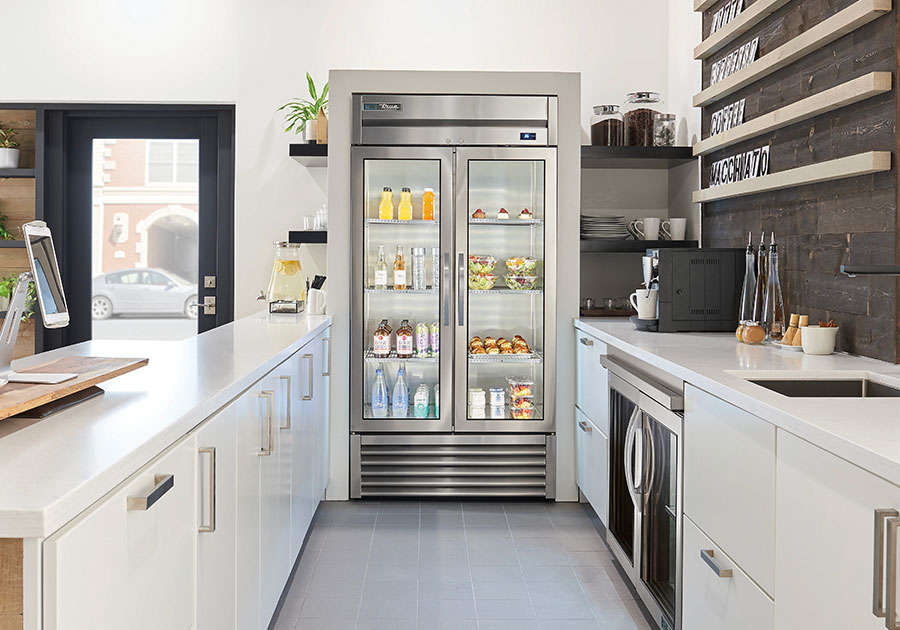
Space, The Final Frontier. These are the Options of Reach-In Refrigerators
When shopping for a reach-in cooler, there are two items you’ll want to consider first: how much food storage you need and how much space you have.
Unlike traditional refrigerators, commercial reach-in models come in one-, two-, or three-section size ranges. Single-section units generally range between 12 and 34.3 cubic feet of storage space, while two- and three-section units range from 40-56 cubic feet and 69-85 cubic feet of storage, respectively. That’s up to 635 gallons of milk!
Your kitchen’s workload will determine the storage capacity you need. Do you run a high-volume hotel kitchen or a breakfast cafe? Do you prep ingredients every day? Or prep for the entire coming week? Understanding your kitchen’s unique needs will help you determine the size you need!
When One Door Closes Another Opens: Door Material Choices
Glass Doors
Not only do they look fancy, but glass doors on a refrigeration unit serve an essential function: they turn your fridge doors into display cases. This is a great choice because you’ll never have to stand there with the doors open, searching for what you need. In the long term, this means the doors are opened less frequently and for less time, which saves energy and money.
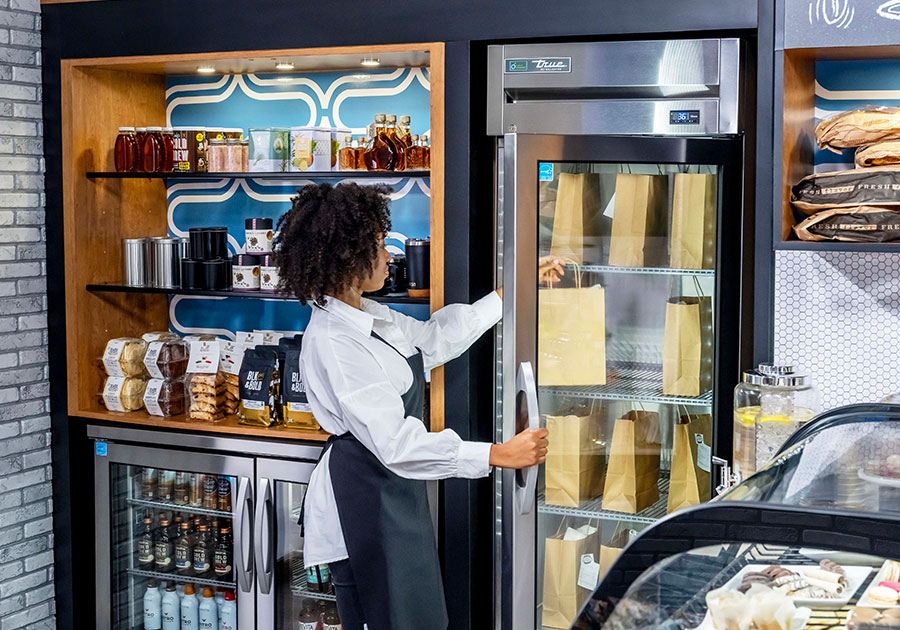
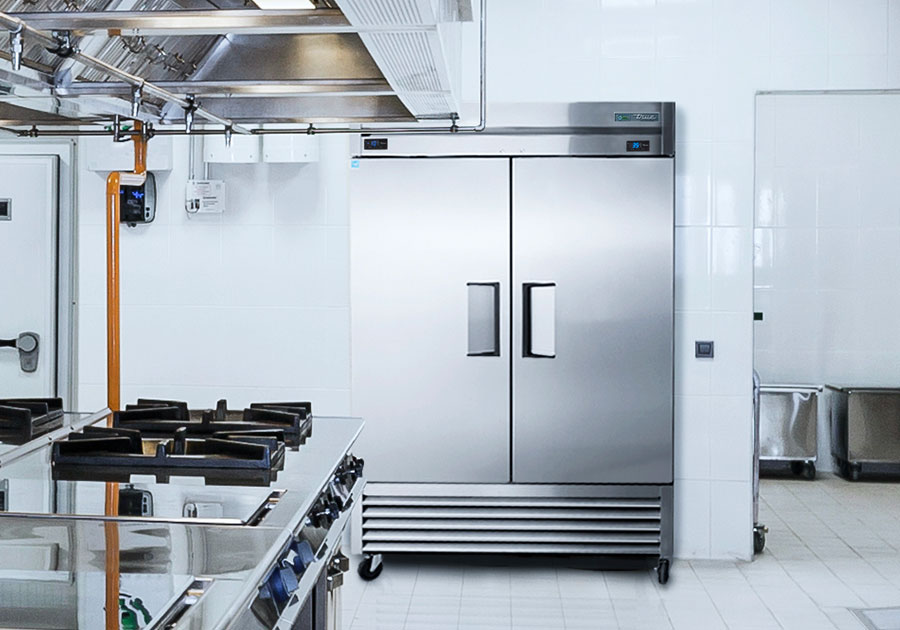
Solid Doors
On the other hand, solid doors offer much better insulation than glass doors. So, while you may have to keep your doors open longer, they do a better job of maintaining temperature and efficiency when closed, which is most of the time.
Dutch Doors
Dutch doors offer the most versatility since they split your doors into a top and bottom half. This means you could opt for a glass top half to see what’s in your fridge but a solid bottom half to keep the temperature stable. It also means you only have to open half of the door at a time, which helps keep the cold air in even when it is open.
Of course, you could also opt for both the top and bottom to be glass or solid, and you’ll still have the added benefit of only ever having to open half of the fridge at a time.
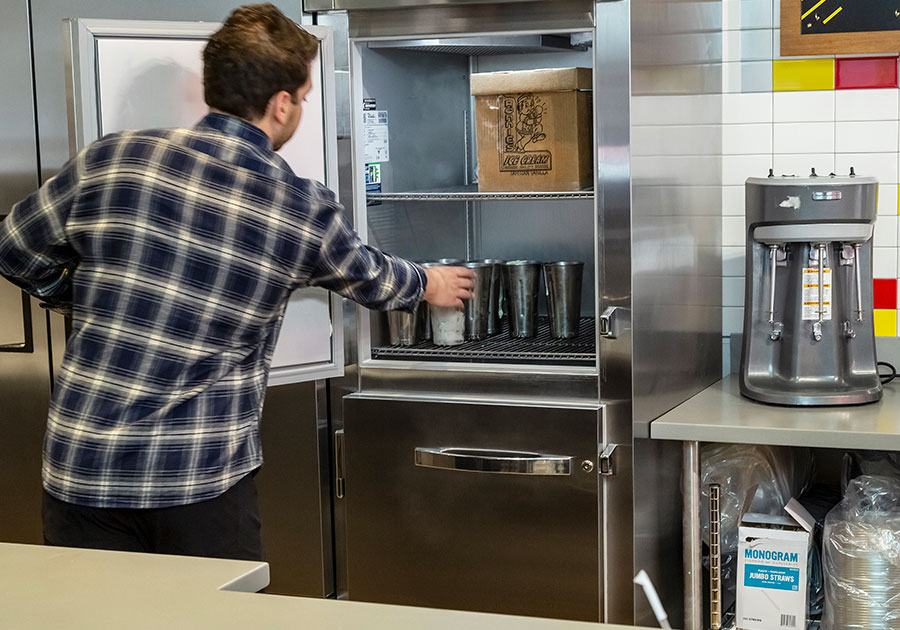
Sliding vs. Swinging Doors
Swing doors offer more interior storage space and tend to make the pesky task of organization and un/loading much easier. However, they require a larger space footprint and could cause pathway blockages and congestion if your kitchen is on the smaller side.
Sliding doors are the more space-saving option, but you won’t be able to open both doors simultaneously, making loading and unloading more difficult.
But again, you could always opt for Dutch doors that are half swinging and half sliding. The options are nearly limitless!
The Nuts and Bolts
There are two major components of the cooling system you should consider when shopping around for a commercial reach-in cooler: the condenser and the compressor. The locations of these components can significantly affect the functionality and versatility of your fridge unit.
Commercial Condensers:
First, you could opt for a self-contained condenser that houses the mechanics in the fridge cabinets. This is a good option for many kitchens because it is easier to install and move and doesn’t require special installation technicians or tools. However, it also produces more heat and noise, exactly the opposite of what you want in your space, especially if it’s an open kitchen.
The alternative is a remote condenser. These models utilize a condenser in a separate room or space that pumps the cold air into the fridge unit through tubes and pipes. This kind of setup offers more space in the fridge with less heat and noise in the kitchen. However, it does require the purchase of additional piping and specialized installation and repairs.
Commercial Compressors:
Compressors help regulate the flow of cold air and can either be top-mounted or bottom-mounted. Since warmer air rises, compressors mounted on the top of the unit tend to be more air efficient as the cool air naturally drops down into the storage area. They are also less likely to clog, perform better in cooler spaces, and, in some models, allow trays and racks to be wheeled directly into the bottom of the fridge. However, they are more difficult to maintain and repair and require larger space for installation.
Bottom-mounted compressors save overall space in your kitchen and are a better idea for hot spaces. They prevent you from bending down to reach floor-level bottom shelving and are easier to clean. However, they reduce the storage in your fridge and can easily become clogged with dust and grease from your kitchen floor.
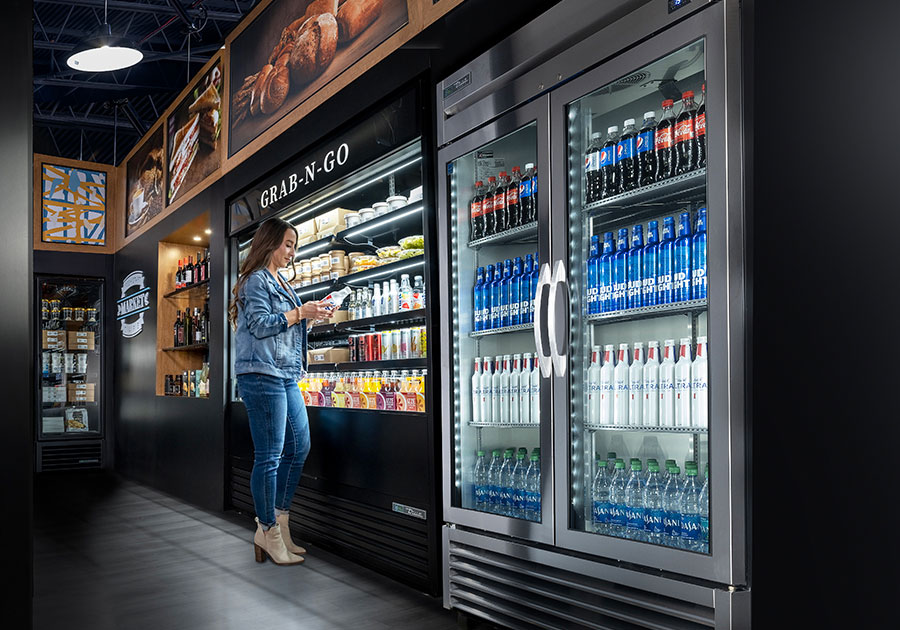
So, What Kind of Reach-in Refrigerator Should I Get?
So, what kind of reach-in refrigerator is right for your restaurant needs? First, consider the type of commercial refrigerators available, size, and maintenance needs. Once you have a grasp on the job you need the fridge to do, you can start the fun part – shopping! Here are some key considerations to keep in mind when looking for the right reach-in refrigerator for your commercial kitchen.
Types of Reach-in Refrigerators
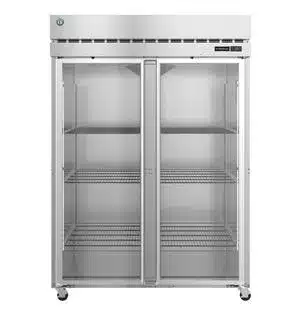
Reach-in: This configuration is your standard refrigerator setup. It has doors on one side and storage within. The advantage here really comes down to energy efficiency. One set of doors means the best insulation. And since they offer the most protection, they are the best option if you want to keep your fridge in the middle of your kitchen or near a cook station with hot equipment.
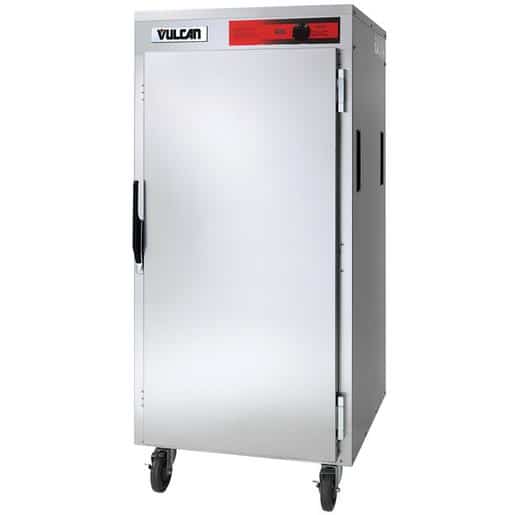
Pass-Thru: As the name implies, pass-thru models have doors on both the front and back, so you can pass things through the fridge to somebody on the other side. These are great options if you have any cook stations facing each other that could utilize easy access to a refrigerator in the middle of the room.
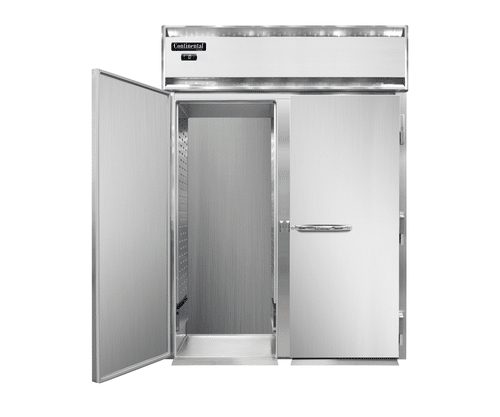
Roll-in: Roll-in models are very versatile because they come with a little ramp in the front that allows you to roll a kitchen cart or cooling rack right onto the fridge’s bottom shelf for storage.
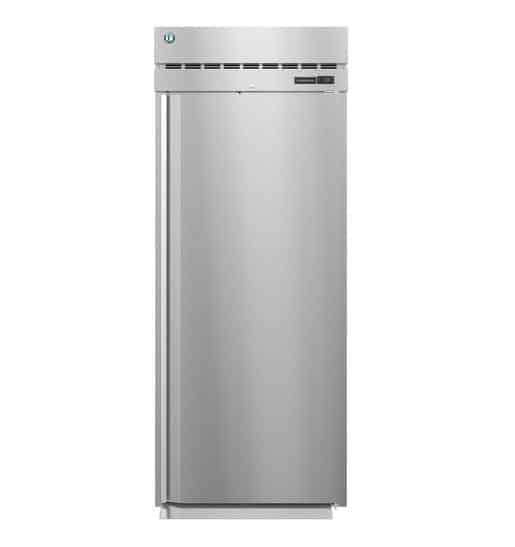
Roll-thru: Roll-thru takes it even further by adding a second ramp to the back doors so you can roll carts in and out from both directions.
Size Matters in Cold Storage
- One-section refrigerators are the smallest units, with some taking up as little as 19″ by 28″ of floor space. They come with one full swinging door or two Dutch doors and have up to 34.3 cubic feet of storage. They are best for keeping near prep/cook stations.
- Two-section refrigerators can have swinging or sliding doors (two full doors or four Dutch doors) and have up to 56 cubic feet of storage. Best of all, they can have dual temperature control, meaning each section of the fridge could be a different temperature depending on your needs. One could also function as a freezer.
- Three-section refrigerators are, you guessed it, the biggest models with up to 85 cubic feet of storage. They are the most versatile and the best option for organization since they have three separate sections for sorting your food. These models are the best for large kitchen operations and average around 81″ x 33″ in size.
Unlike a walk-in unit, reach-in refrigerators don’t need to be stuck against a wall, which gives you way more leeway when organizing your stations. Feel free to place your cooler right next to a prep station or stove to maximize convenience and help your chefs keep a steady flow and rhythm as they cook.
Speaking of flow, when measuring your space, don’t forget to account for airflow. Commercial reach-in refrigerators require extra space for airflow on all sides to keep the interior mechanical parts cool as a cucumber so they can function correctly.
Refrigerator Rules: Electrical Requirements & Specifications
To account for proper airflow, leave at least two inches of floor space around your cooler. And if it’s next to a stove or oven, you’ll want to ensure your compressor is bottom-mounted, so the heat and grease don’t splatter up onto the fans!
Most reach-in refrigerators can be powered with a standard 120-volt outlet, but of course, it’s best to double-check that your building has enough capacity to power your new cooler before you purchase!
What Else Should I Know?
Reach-in refrigerators are solid and heavy pieces of commercial equipment. However, know that you always have the option of mounting your cooler on wheel casters so they can easily be moved around for easy cleaning or rearranging.
Most reach-in coolers come with digital thermometers that help you set and accurately always monitor the air temperature inside the unit. Maintaining a consistent temperature that is not any colder than it has to be will also help with the machine’s energy consumption and keep your electric bills lower.
Another great way to keep costs down is to keep your refrigerators away from the kitchen’s hot spots – the fryers, stoves, and ovens. Since the cooling mechanisms work with the air around them, starting with cooler air means they don’t have to work as hard.
Is Your Refrigerator Running? Maintenance and Service Tips
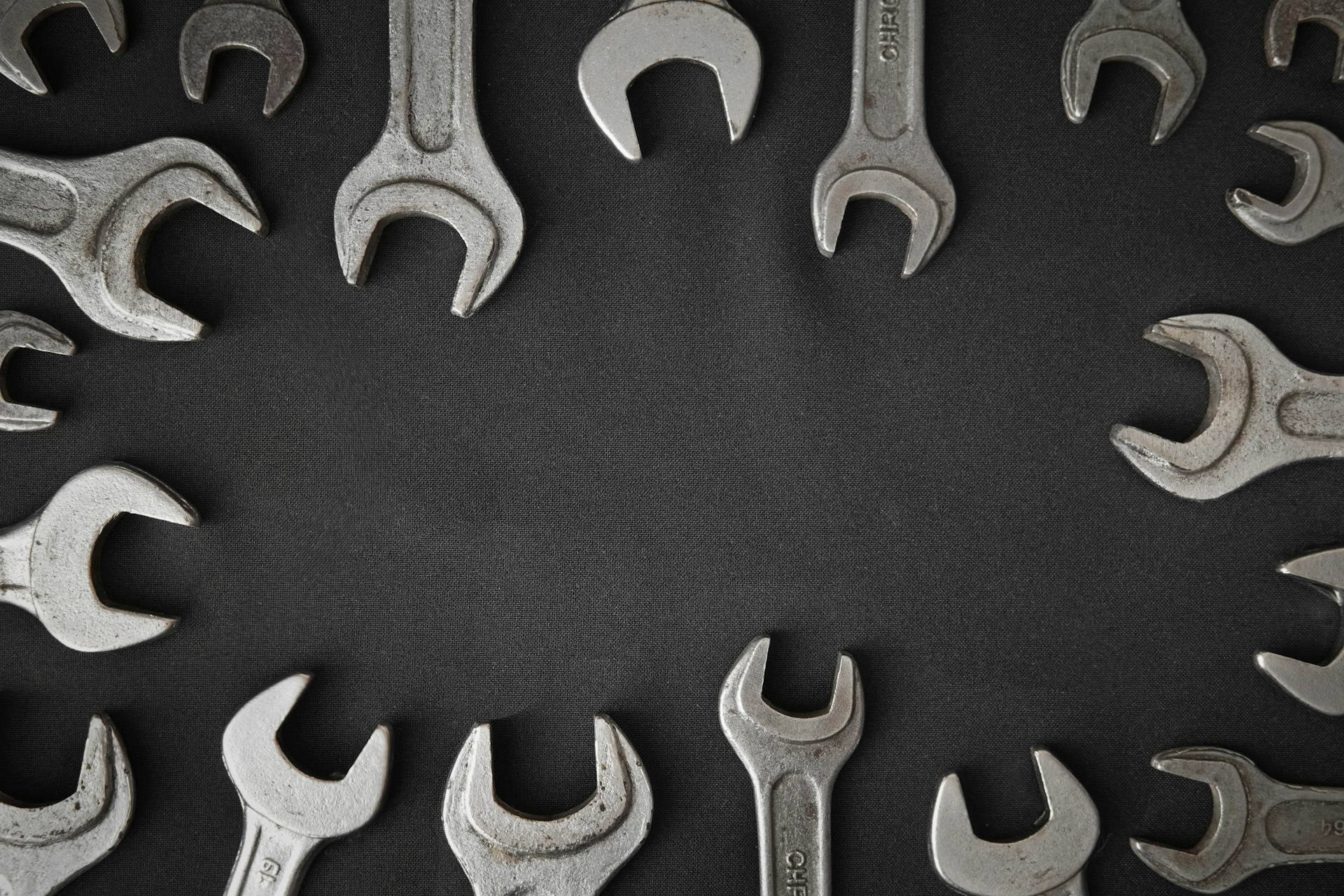
- Gaskets: These rubber insulators line the edges of your cooler’s doors to ensure they seal tight against the door frames when closed. Over time, and with repeated opening and closing, the gaskets can wear out and allow cold air to leak out. You’ll want to check the gaskets regularly and replace them as soon as they begin to warp or wear out.
- Materials: Most commercial refrigerators are constructed of either stainless steel or aluminum. Stainless steel options, with their extreme durability, excellent insulation, and rust-resistant properties, will give you the best bang for your buck and last longer. Top-of-the-line products (usually labeled “spec line” or “spec series”) are made with high-quality heavy gauge stainless steel both inside and out. They may have a higher price tag, but it’s worth it! Think of it as an investment in your business—you’ll save a lot more in the long term.
- You can also opt for aluminum or combination models. While these might save you money on the initial purchase, they will wear out faster, be less energy efficient, and likely require more maintenance and need to be replaced more quickly.
- Maintenance Routine: Your best bet to ensure the longest lifespan for your reach-in cooler is to have a regular maintenance routine that includes deep cleaning and parts inspection. Here is a great checklist to follow for maintaining your new fridge:
- Daily: Sanitize the exterior doors, handles, and gaskets.
- Weekly: Deep clean the fridge interior (including shelves and drawers)
- Monthly: Inspect the gaskets and replace them when needed.
- Quarterly: Check the evaporator coils, drain pans, and air filters. Clean the air filter with a de-greaser as needed.
- Always watch for accumulating water and potential leaks.
Step-by-Step Purchasing Guide for a Commercial Reach-In Refrigerator
- Determine how large a refrigerator your kitchen can accommodate (remember to subtract 2″ from all sides to allow for airflow).
- Take inventory of your perishable goods and storage needs to help select the most appropriate cooler size for your commercial kitchen. This will also help determine whether a self-contained or remote condenser will be most appropriate.
- Consider whether you want to arrange your workstations with the reach-in fridge in the middle of your space or on the wall and determine whether you need access to the cooler from one or both sides.
- Assess the room’s ambient temperature and the equipment surrounding your reach-in fridge’s location to determine whether a top-mounted or bottom-mounted compressor will work best.
- Think through whether you will want to be able to roll kitchen carts into or through your fridge.
- Determine your budget and try to find the most well-constructed fridge you can afford.

Our Final Thoughts
Ultimately, reach-in coolers are designed to withstand the craziness of commercial kitchen use. As long as you find the right commercial refrigerator for your space and your kitchen staff’s needs, you’ll be one happy camper! Eleven36 offers a full range and variety of models so that you can find the best fit and configuration for your kitchen. And remember, it’s always a good idea to opt for better equipment so you don’t run into costly repairs and maintenance down the line!
